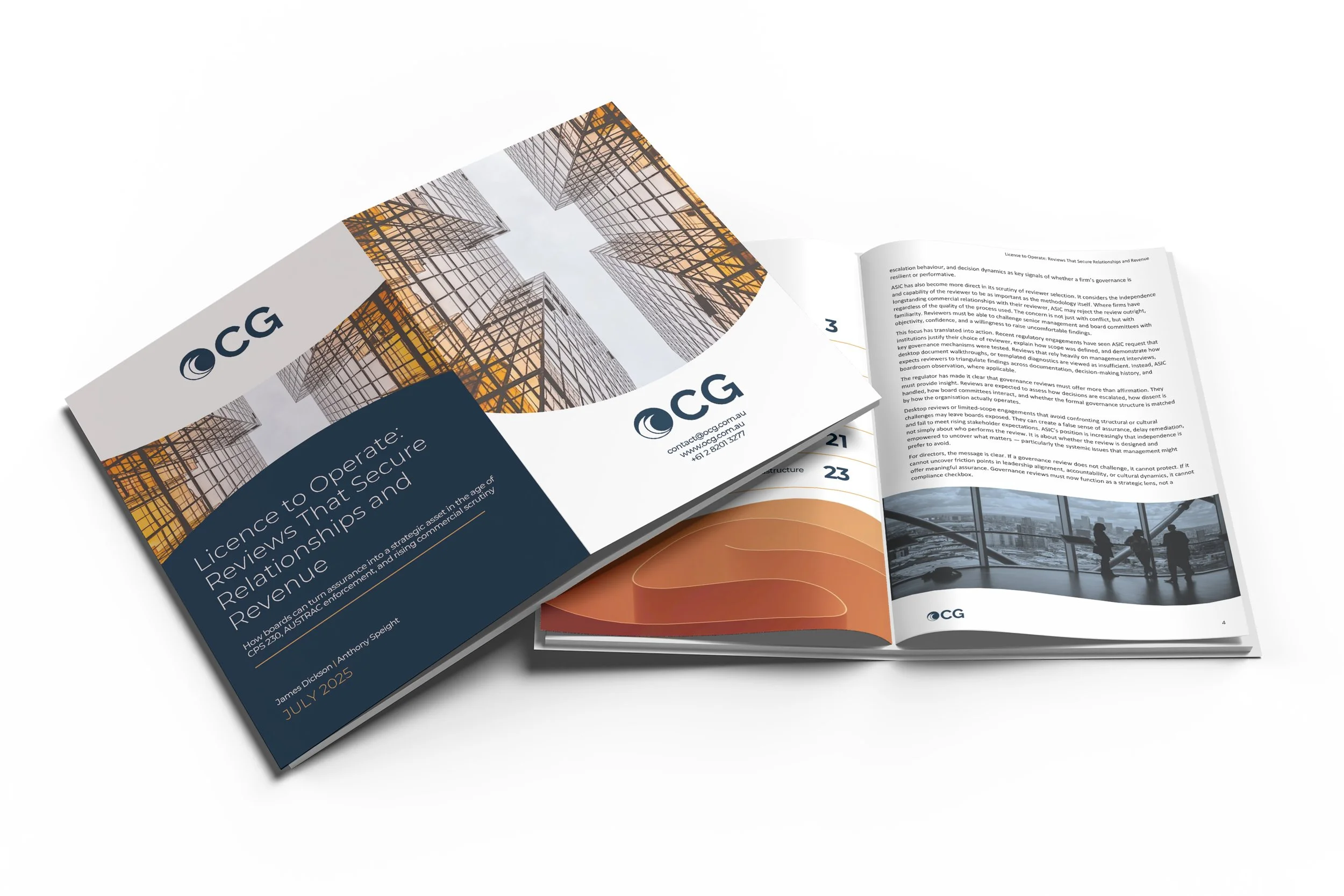Financial Accountability Regime (FAR): Clear Accountability, Better Outcomes
Understanding FAR
Australia’s Financial Accountability Regime (FAR) strengthens accountability across banks, insurers and superannuation trustees by setting obligations for accountable entities and their accountable persons (APs). Core expectations include:
Accountability obligations for entities and APs to act with honesty, integrity, due skill, care and diligence; prevent matters from arising that would adversely affect prudential standing or reputation; and manage risks effectively.
Reasonable steps by APs to ensure the parts of the business they lead are controlled effectively, comply with regulatory obligations, and respond to issues promptly.
Registration / identification of APs, accountability statements and accountability maps that make roles and responsibilities unambiguous.
Notification duties to regulators (core/enhanced) for significant matters, changes to APs, and breaches of accountability obligations.
Variable remuneration deferral and clawback linkages aligned with risk and conduct outcomes.
Why FAR Matters
FAR pushes accountability beyond policy into day-to-day leadership. Done well, it:
Reduces conduct, operational and prudential risk by clarifying ownership for key risks, controls and projects.
Speeds remediation by making escalation paths and decision rights crystal clear.
Improves board and regulator confidence via evidence that leaders take reasonable steps and can show it.
Aligns with remuneration and culture, reinforcing that outcomes (not just activity) drive reward.
Key Challenges Facing Firms
Designing statements & maps that actually work, not just wall-charts — crisp scopes, overlaps resolved, deputies and cover defined.
Proving “reasonable steps” with artefacts: risk assessments, decision logs, issue/incident files, QA, KRIs, and closure evidence.
Operating model alignment across three lines, committees, and outsourced/third-party arrangements (including service entity nuances).
Notification readiness: shared materiality thresholds, triggers, and a single source of truth for issue classification.
Remuneration linkage with CPS 511 (deferral, malus/clawback) and consequence management that withstands challenge.
Change friction: M&A, restructures, new products or platform migrations that alter scopes and control ownership.
How OCG Can Help
Oceanic Consulting Group (OCG) turns FAR from a documentation exercise into practical, defensible accountability.
Target Operating Model for FAR: governance, RACI, committee charters, and interaction with risk/compliance functions.
Accountability statements & maps: design, overlap testing, cover arrangements, and dependency mapping (including critical outsourcing).
Reasonable-steps evidence packs: playbooks for APs; decision/issue logs; MI and dashboards that show control effectiveness and closure velocity.
Notification framework: trigger taxonomy, thresholds, workflows, and quality checks aligned to breach/incident processes (RG 78, CPS 220/230).
Remuneration & consequence integration: gates/modifiers tied to risk, customer and compliance outcomes (CPS 511 alignment).
Independent effectiveness reviews: sample AP portfolios, test evidence trails, and coach leaders on strengthening defensibility.
FAQs
What counts as “reasonable steps”?
Risk-based, proportionate actions an AP can evidence: clear delegation, control design/assurance, timely issue management, effective challenge, and documented decisions.
How does FAR interact with outsourcing and third parties?
AP responsibility doesn’t stop at the boundary. Statements and maps should capture critical service providers, with monitoring, MI and exit/contingency plans linked to the AP’s remit.
Do accountability maps need to mirror the org chart?
No. They should reflect how the firm actually runs risk, product and customer outcomes, including matrixed responsibilities, so accountability is traceable in practice.
Strengthen Your FAR Framework
Work with OCG’s Accountability & Conduct Specialists
Make accountability real. We’ll design statements and maps that work in the business, build reasonable-steps evidence packs, align remuneration and notifications, and provide independent testing so boards and regulators can see defensible ownership and outcomes.









